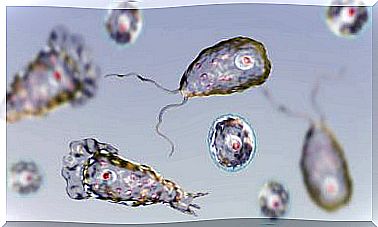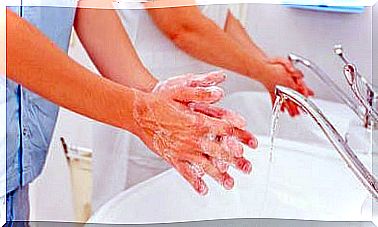Urine Alteration: Aspects To Consider
Do you know why an alteration of the urine could manifest itself? Are you curious? In that case, don’t worry, because below we are going to reveal everything you need to know.
Urine is a fluid that forms in the kidneys after they have filtered organic waste and excess water from the body. From the kidneys it leaves through the ureters, one for each kidney, to the bladder where it is stored.
Normally it is composed of 96% water and the remaining amount of substances dissolved in it such as urea, uric acid, creatinine, chlorides, etc. All these components should be evaluated when we have any alteration of the urine.
From the bladder, it is expelled out through the urethra. The bladder is an organ that, if it functions normally, can store up to 170-180 cc of urine in 3-5 hours.
Urine disorders: different aspects
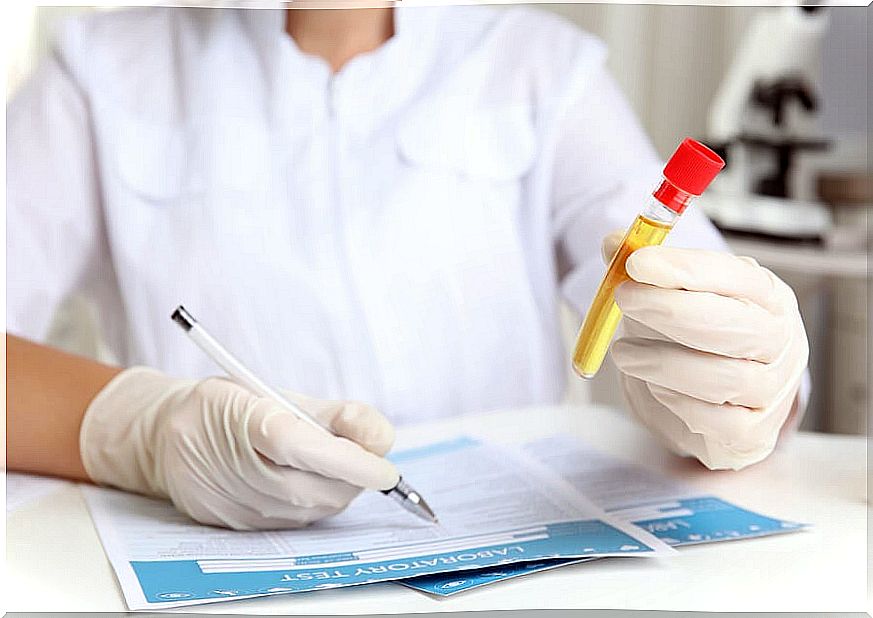
Due to problems at the exit
The output of urine can be altered by a number of factors or diseases. Generally, it is usually obstructed by stones, although it could also be obstructed by different tumors. These changes do not allow the bladder to empty properly.
In turn, complications in urine output can occur due to kidney disease, especially when the patient suffers from kidney failure.
Other obstructive problems that disrupt the proper flow of urine are infections in the urinary system or problems in bladder control, such as overactive bladder or incontinence and prostate hypertrophy in men.
Alteration of urine due to changes in composition
As we have seen previously, urine is mainly made up of water, but it also contains a number of other elements. These components can be increased or decreased and will indicate that something in the body is not working properly.
Therefore, urinalysis can measure these components to help establish a good diagnosis of some diseases. Among the main alterations of the components of urine we can point out :
- Proteinuria: urine has elevated protein levels. It can be a sign of the presence of diseases such as diabetes, certain poisonings, glomerulonephritis or urinary infections.
- Glucosuria : is the presence of glucose in the urine. It is usually indicative of patients with poorly controlled diabetes and in some kidney diseases
- Pyuria : is the presence of pus in the urine.
- Hematuria : can occur in urinary tract infections, stones or cancers of the urinary system. It consists of the presence of blood in urine.
- Bacteriuria: it can be a sign of infection in the urinary tract or system. It is the presence of bacteria in the urine.
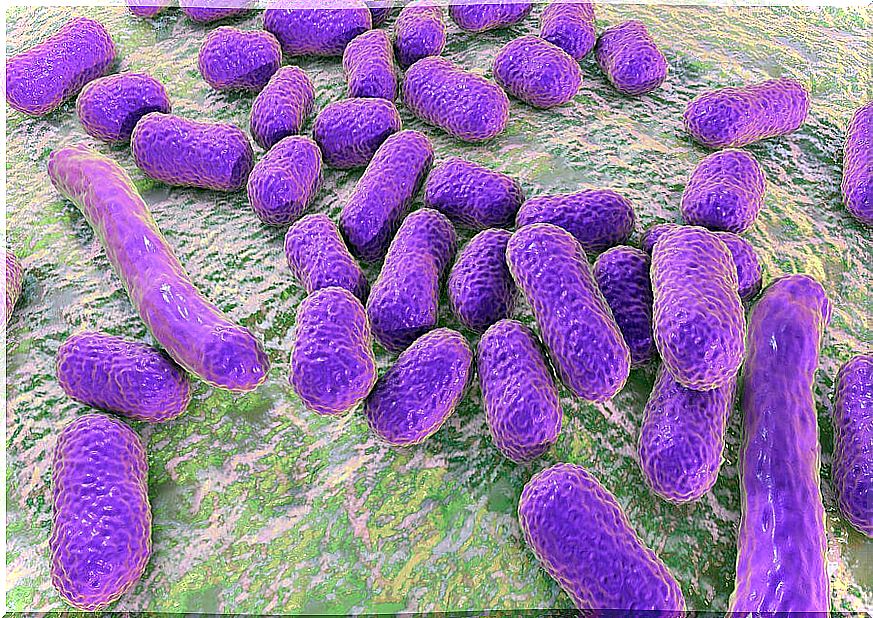
Alteration of urine due to variations in the quantity
The amount of urine passed can vary. In the case where we do not produce anything, it is called anuria. On the contrary, if we have an increased urge to urinate or the amount of urine, this situation will be called polyuria.
Another alteration of the urine that can occur is oliguria. In this case we will notice that the amount of urine decreases notably every 24 hours. We must also mention the retention of urine, which consists of the inability to eliminate the urine accumulated in the bladder.
Finally, urinary incontinence is the lack of control over the emission of it. In this case it is difficult to control the amount that is expelled.
Alteration of urine due to color changes
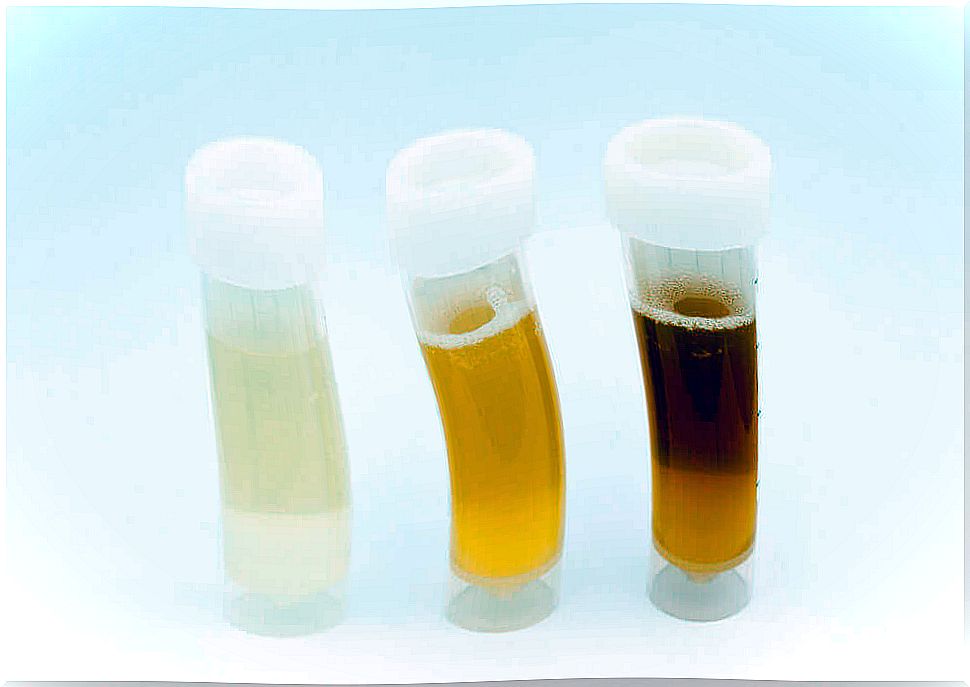
The normal color of urine is yellow or light yellow. The most common urine color alterations are:
- Dark yellow is usually a sign of dehydration.
- Orange can be due to the exaggerated intake of foods rich in beta-carotene or certain medications.
- Red or pink is usually due to the presence of blood in the urine and, as we have explained before, a situation of hematuria occurs.
- Morada usually occurs in patients with a urinary catheter due to the transformation of some pigments by the bacteria found in the catheter tube.
- Whitish or albuminuria. It can be caused by the presence of a severe urinary infection or by a lymphatic fistula, especially in cases of neoplasia or abdominal trauma.
If the color has changed for more than 3 days, we recommend that you go to the doctor. They will perform an analysis to diagnose the problem causing the alteration. It is also advisable to undergo a check-up in case of other symptoms of urine alteration.


